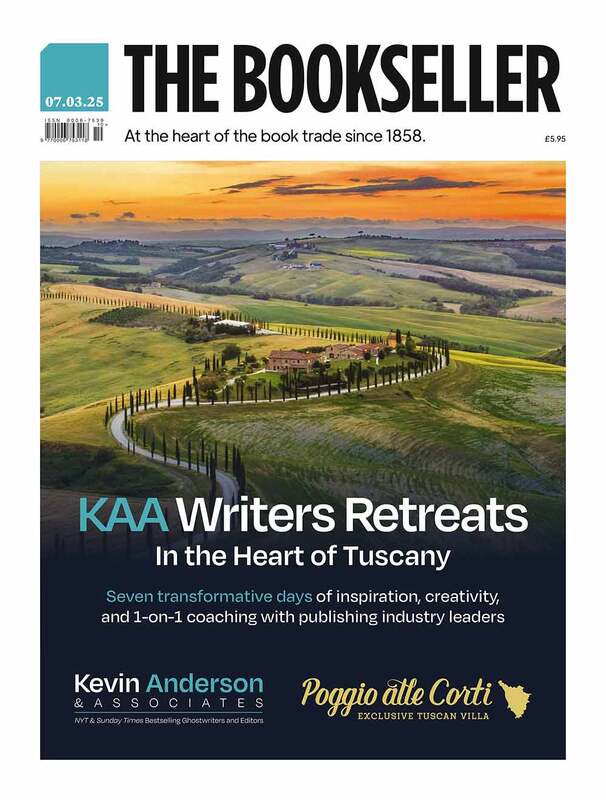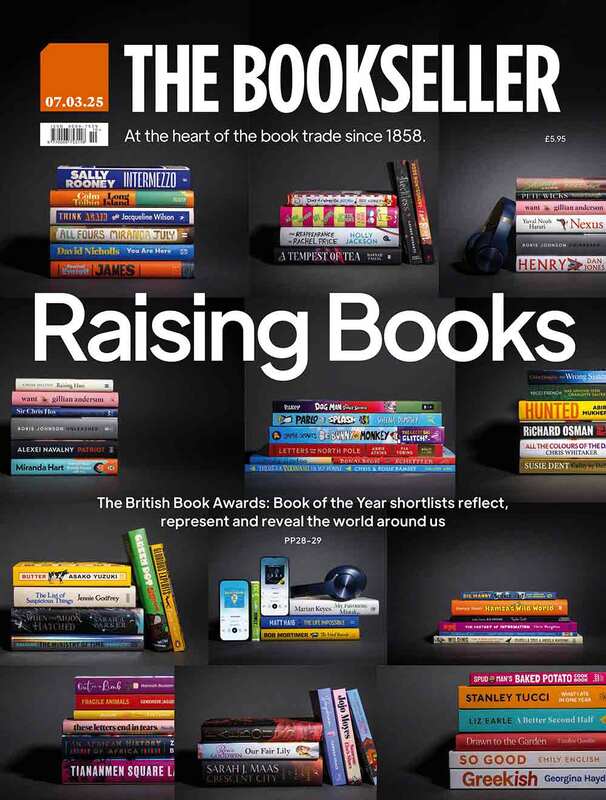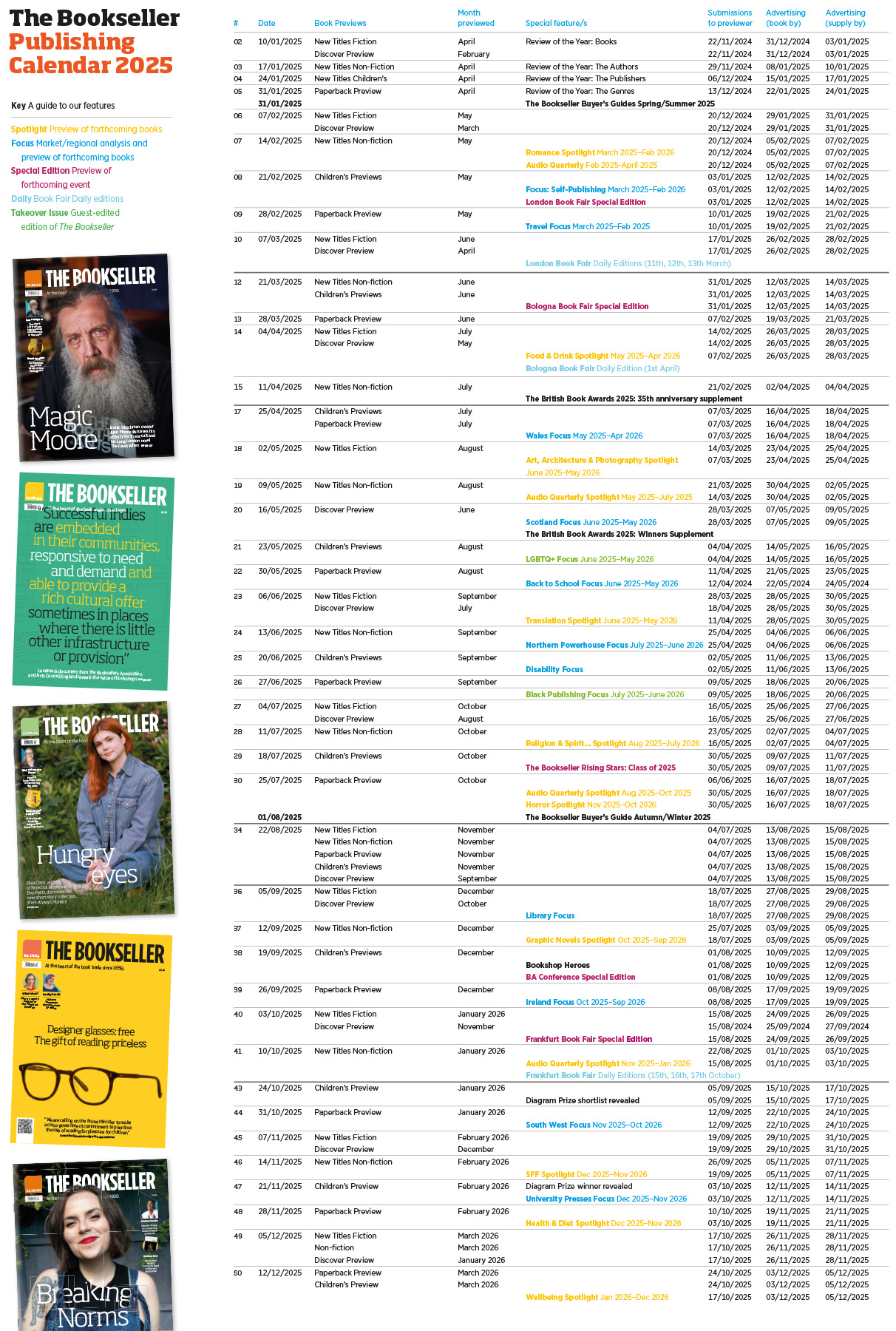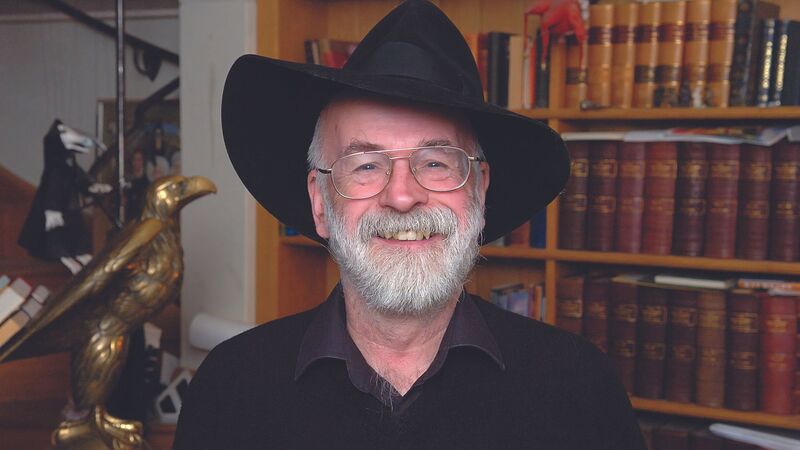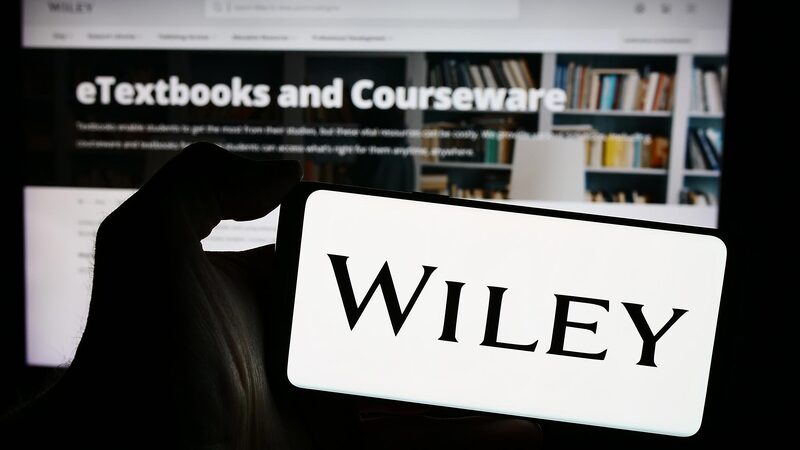You are viewing your 1 free article this month. Login to read more articles.
Next gen poetry publishers show us the way
Cutting-edge digital and beautiful print with a side of environmental innovation: surely this is what the future of publishing looks like.
At the cutting edge of poetry publishing, the explosion of digital is driving physical books to be more beautifully produced than ever before. The new generation of publishers are embracing everything that digital offers: online readings, social media engagement, e-books and websites that ripple with snappy gifs and high-resolution videos. Additionally, their printed books aspire towards sensory satisfaction: refined paper stock and designs that extend aesthetically from the content of the poems. Digital and print don’t oppose each other but work together to create the possibilities that publishers and readers enjoy so much. Typesetting is done on screen, in a series of layered stories involving more fonts than you can shake a serif at, and printing techniques – such as offset litho – make gorgeous printing achievable from digital files. Covers sparkle like "shook foil", to quote Gerard Manley Hopkins.
I meet Luke Thompson of Guillemot Press online. Guillemot is one of the publishers whose new books send ripples of excitement among National Poetry Library staff. Luke lives in an office of colour swatches; sample papers flutter behind him like tiny flags for future lands. Our call is alive with the glittering language of different paper stocks. Mohawk Superfine. Wicotex Magic. Favini Crush. The world of print is translated through his webcam in Cornwall, back through my screen, to where I’m sitting over 250 miles away in London. The more digital the world, the more this new generation of publishers make their productions aspire to something readers want to hold, collect, retreat with. Luke likes to have these samples of different paper stock available to touch, as he develops the digital files on screen. Due to the bandwidth connection in his part of Cornwall it takes Luke a day to upload a video to YouTube, but it doesn’t stop him trying. "I’m into it all," he says.
At online Guillemot launches, which are joined by regular audience members from all over the world, Luke uses the interval to showcase the physicality of what he’s produced – a catwalk moment for each new publication
Luke describes the different papers he uses, which I match up with the real printed books in front of me. Astra Papachristodoulou’s Constellations is a series of visual poems based on star formations, using the Greek alphabet to suggest ways in which the reader might navigate the work. The powdery blue of the cover shimmers like a night sky – sparkling luminescence – as a constellation glitters in the electric light above my desk. Signals by Richard Carter is a book of visual poetry in response to Hans Freudenthal’s creation of an artificial language, in 1960, aimed at communicating with extra-terrestrial beings. The cover shines with copper glyphs, like a futuristic version of the Gilgamesh. Narrower in size, and published in hardback, Alycia Pirmohamed and Pratyusha’s Second Memory uses a speckled egg paper stock that is dryer to the touch; it makes a sand-like sound as I touch it. Lens Flare by Derek Beaulieu and Rhys Farrell is a kaleidoscope of colour: letterforms disintegrating in graphic landscapes of pink, blue, yellow and black. We’ve entered poetry’s future space. At online Guillemot launches, which are joined by regular audience members from all over the world, Luke uses the interval to showcase the physicality of what he’s produced – a catwalk moment for each new publication. "People like it", Luke says. "People like books."
Five years ago, there was an air of trepidation about the future of poetry publishing under the quick acceleration of the digital era. I’ve lost count of the many times someone asked me or my library colleagues: "but won’t all these books in this library simply be replaced by digital?" The National Poetry Library has transferred long metres of audio to digital files that will soon occupy a single screen – but books? Never. Digitisation extends print, reducing geographical distance and providing access to materials for those who need it most. The National Poetry Library runs a popular e-loans service, which can be accessed free by anyone in the UK, allowing you to download full collections of poetry to your device of choice. But our physical loan collections are as popular as ever.
There is another element to the new publishers that would have pleased Hopkins: their sensitivity to the environment. One of Luke’s favourite paper types is Favini Crush Grape, which is made from elements left over from the wine making process, imbibing its way merrily into print. The new poetry publishers aren’t tempted by the slightly increased costs of doubling or trebling a print run, only to be left with a warehouse of stock. Unlike offshore printing, printing locally leaves no carbon footprint behind it. It is an unexpectedly positive result from a shift that was talked about gloomily as recently as five years ago. Luke says the cover of his latest publication is made from recycled ocean plastics. Hopkins would have loved it.


